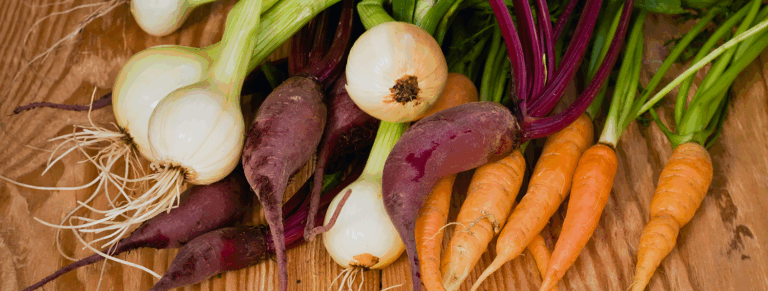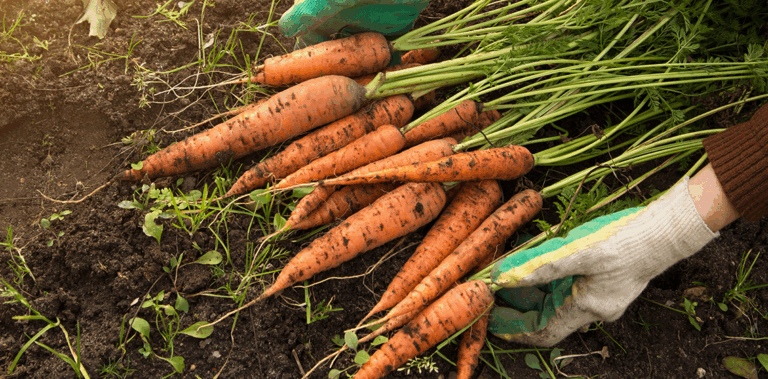The Role of Herbs in Innate Immunity and the Inflammatory Response
About this Episode
Today we’re talking about the innate immune system, the inflammatory response, and the cytokine storm, particularly in the context of pathogenic infections and the role of herbs like echinacea, astragalus, and Andrographis.
What is the role of cytokines in the immune system (01:38)?
There are two main parts to any immune response: 1) the preliminary, non-specific, innate response and 2) the specific, adaptive response involving T cells, B cells, and antibodies that follows.
During the innate immune response, immune cells “present” detected pathogenic material, and cytokines serve the purpose of alerting immune cells if this material is further deemed a threat. Cytokines are the “language” of the immune system, and any defense system needs a vessel for carrying messages so that the defenders know what the plan of attack is. If pathogenic material is detected, the innate inflammatory response involves recruiting immune cells to the infection site to begin targeting the pathogen.
The takeaway? Cytokines aren’t always “the bad guy” (03:25). Inflammation isn’t always a “bad thing” (05:10).
What is the cytokine storm (6:04)?
The cytokine storm describes an excessive level of pro-inflammatory cytokines that initiate widespread tissue damage via inflammation. The cytokine storm occurs as a late-stage response to an infection when the infection is not being properly controlled (08:12).
Other notes about the cytokine storm:
- First recognized as a term in 1993, also known as “sepsis,” “toxic shock syndrome,” “auto-toxicity”
- Makes infections more severe but is NOT equivalent to an “overreaction” of the immune system (09:58)
- Prevent the cytokine storm by enhancing the efficiency of the immune response in early stages of the infection so that pathogen-mediated damage doesn’t escalate to the point where cytokine storm ensues (10:16)
Herbs and Their Benefits
Echinacea (19:50)
- What are akylamides? Significantly bioavailable phytochemicals famous for the tingling sensation they cause
- Use as a preventative herb
- Modulator of the immune response more so than a stimulator
- See more in Kerry Bone’s Principles and Practices of Phytotherapy 2nd Edition
- Other referenced links:
More audio bookmarks:
- What is the “danger theory of immunology” (09:08)?
- Professor Bone’s opinion on concerns about long term use of echinacea (29:04)
- Using Andrographis (31:26)
- Diaphoretic herbs (34:28)
- When to use astragalus (36:44)
- The role of misinformation in modern herbal medicine (39:52)
Professor Bone’s bottom line (40:48):
The best way to avoid cytokine storm and protect yourself from pathogenic infection is to be as healthy as possible and by supporting the immune system and overall health though diet, supplements, and herbs: “look at the whole situation.”
Learn more about nutritional and herbal supplements supporting daily stressors.








